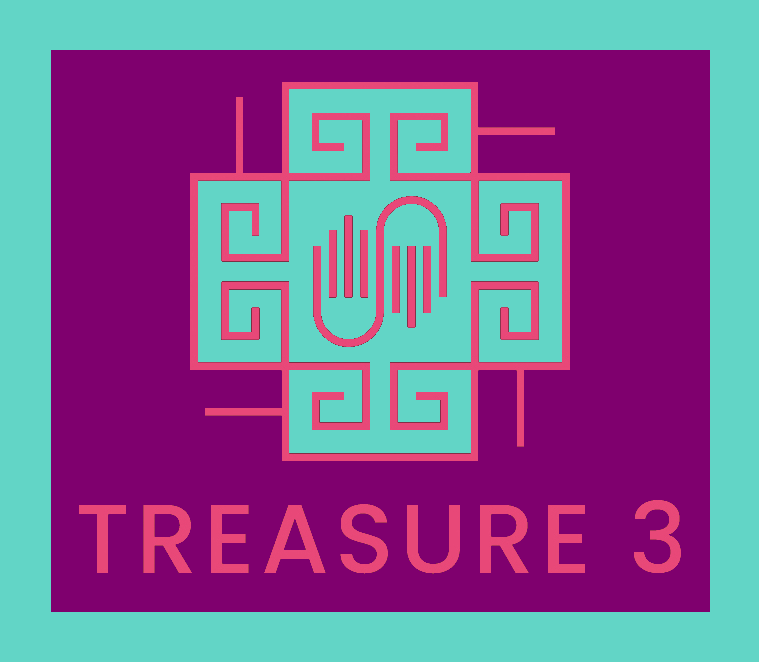Ying Yang Basics – Harmony and Balance Within
At the heart of Yin and Yang lies the philosophy of duality, interdependence, and continuous change. These two principles form the base units of the cosmos, representing opposing yet complementary forces that permeate every facet of existence.
Yin and Yang are often seen as polar opposites. Yin is typically soft, passive, receptive, and associated with femininity, the moon, water, and the earth. Yang, on the other hand, is hard, active, and linked with masculinity, the sun, fire, and the heavens.
Yet, it’s vital to note that Yin and Yang aren’t static or absolute; they are relative and context dependent. For example, water is Yin relative to steam but is Yang relative to ice. This highlights the principle of relativity in the Yin-Yang relationship: an entity can be Yin or Yang only compared to something else.
To simplify our understanding of Yin and Yang, we propose an equation that relies on the mathematical powers of 0, 1, 2, 3. This equation is rooted in the Taoist philosophy articulated in Tao De Jing, “one generates two, two generates three, and three represents everything in the cosmos.”
This equation can be expressed as:
- 2^0 = 1: 0 represents the void, the center of the cosmos. In Traditional Chinese Medicine (TCM), the dan tian (akin to a chakra in Ayurvedic practices) is the central point of the human body and is recognized as the origin of Vital Qi.
- 2^1 = 2: 1 is the product of the previous equation, and here it represents the unity of Tai chi, of Yin and Yang embracing and transforming into each other.
- 2^2 = 4: 2 represents the interplay between Yin and Yang, forming the variations seen in the four seasons, four cardinal directions, and four quadrants on the coordinate plane. In the human body, this refers to the four limbs connected to the trunk. In TCM’s herbal properties, it includes the variations of warm, hot, cool, and cold.
- 2^3 = 8: 3 represents the dimensions of patterns of Yin and Yang, visible in the three sections of the human body that represent Jing (essence), prenatal Qi, and Shen (mind and spirit); the three fundamental substances of postnatal Qi, blood, and body fluids; and the eight patterns of energetic dispositions found in TCM.
| Power | Equation | Represents | Balancing & Therapeutic Technique |
| 0 | 2^0 = 1 | Void, the center of the cosmos, the origin of Vital Qi | Mindfulness and meditation, bring the human mind and body back to the centre of the cosmos. |
| 1 | 2^1 = 2 | Unity of Tai chi, the transformation of Yin and Yang | Tai Chi and Qi Gong exercises, harmonise the yin and yang in the dorsal spine and ventral abdominal cavity. |
| 2 | 2^2 = 4 | Interplay of Yin and Yang, four seasons, four cardinal directions, four limbs, variations in TCM herbal properties |
|
| 3 | 2^3 = 8 | Three sections of the human body (Jing, prenatal Qi, Shen), three fundamental substances of postnatal Qi, blood, body fluids, and eight energetic patterns in TCM |
|
Table: The Integrative View of Yin and Yang: Therapeutics and Multiculturalism for Harmony and Wellbeing of Human Body and Mind
The table beautifully integrates different cultural perspectives on health and wellbeing into the framework of Yin and Yang. In Traditional Chinese Medicine (TCM), Yin and Yang provide a holistic view of the human body and the world around us. The power equation we’ve incorporated represents the dynamic transformation and interplay of Yin and Yang in nature, the human body, and our overall wellbeing.
This holistic view resonates with other cultural health perspectives. For instance, we’ve related the power of 2 with the Maori health model, Te Whare Tapa Whā. In this model, health is seen as a house with four walls, each representing a different dimension of health: physical, spiritual, family, and mental health. This concept aligns well with the power of 2’s emphasis on four limbs, four seasons, and four cardinal directions.
Finally, the power of 3 takes us to a more profound layer of understanding, touching on the complexity and multifaceted found in many cultures and spiritual practices. In TCM, it corresponds to the three sections of the human body and the tripartite division of Qi, Blood, and Body Fluids. This notion shares similarities with the Ayurvedic Chakra system, demonstrating how different cultures perceive and understand the interplay of energies within the human body.
In the context of therapeutic techniques, the table links specific practices to each power level, providing a practical guide for balancing Yin and Yang. These practices, including mindfulness, meditation, Tai Chi, Qi Gong, acupuncture, and herbal remedies, have roots in various cultures, highlighting the interconnectedness of humanity’s understanding of health and wellbeing.
Overall, the table demonstrates a deep respect for multiculturalism and a commitment to intercultural dialogue. It encapsulates the interconnectedness and interdependence of different cultural perspectives, creating a dialogue that enriches our understanding of health and wellbeing. Furthermore, it aligns with the spirit of Yin and Yang, reminding us of the beauty and wisdom in embracing diversity and maintaining balance.
Please share your thoughts and comments about my blog:
As we explore both Western and Eastern perspectives on navigating a health crisis, it’s essential to remember that every person’s journey is unique. Our hope is that these insights will provide a holistic view to help manage your health crisis and reinforce the power of positivity, knowledge, self-care, and resilience.
We invite you to share your thoughts, experiences, or ask any questions you may have. This space is not just for sharing knowledge, but also for dialogue, understanding, and mutual support. Your insights and experiences can help others navigate a similar journey. We look forward to hearing from you.

0 Comments